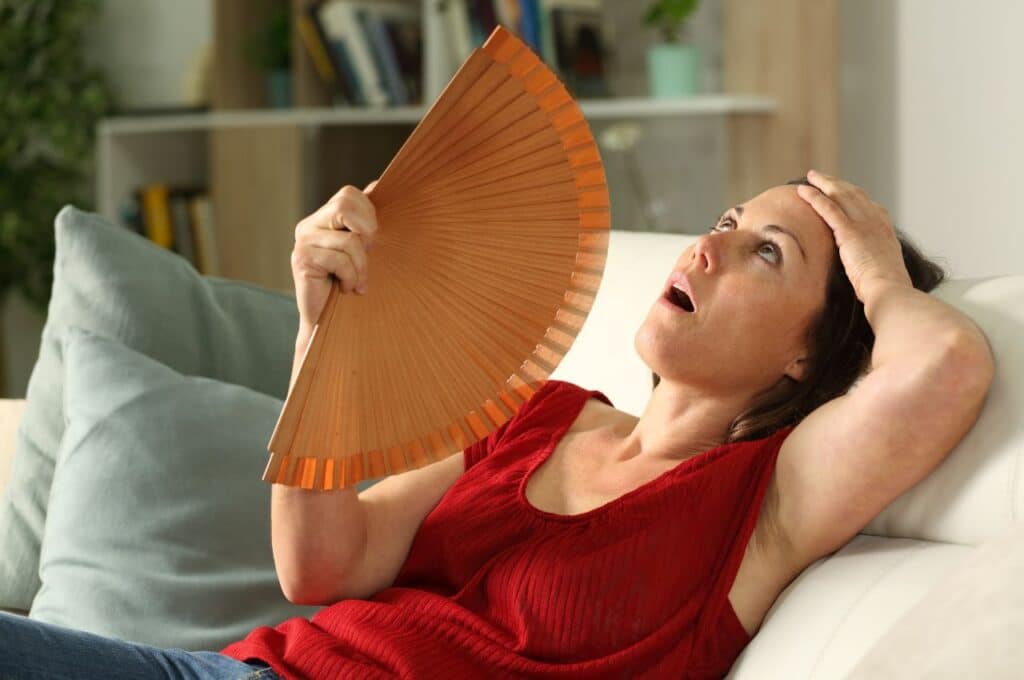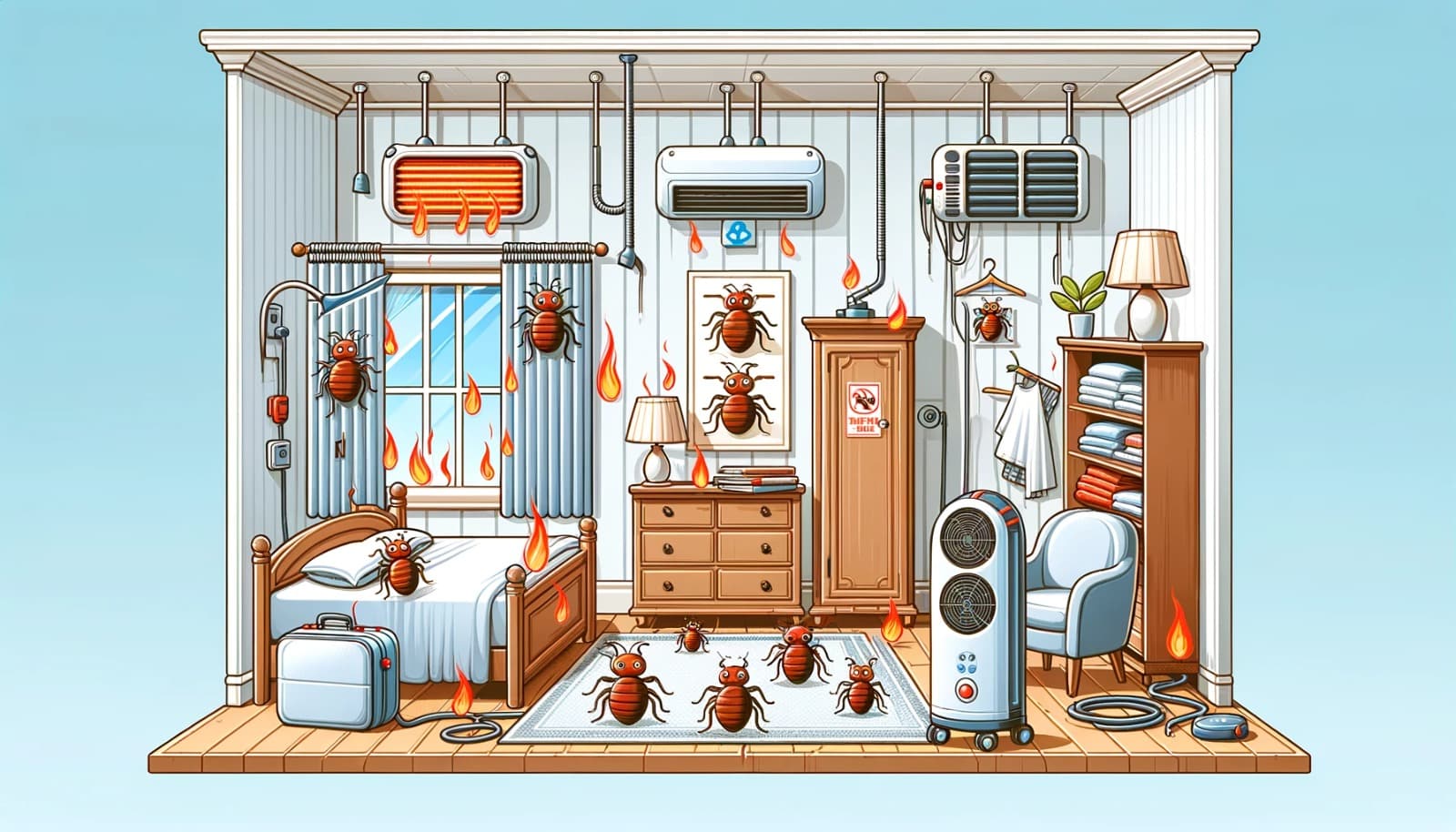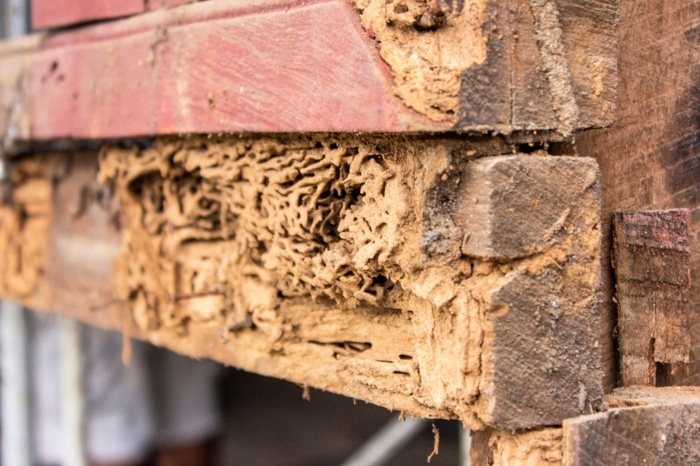If you’ve found yourself with a bed bug problem, you’re likely looking for the most effective way to rid your home of these pesky invaders. One of the best methods is heat treatment. Not only is this method environmentally friendly, but it’s also highly effective at exterminating all stages of bed bugs from eggs to adults. This guide will delve into the process of preparing for a heat treatment to ensure its success.
How to Prepare for Heat Treatment of Bed Bugs
The first step in any battle is to understand your enemy. Bed bugs are tiny, resilient pests that thrive in the dark and feed on human blood. They can hide in even the tiniest of cracks and crevices, which is why heat treatment, when done properly, can be so effective—it leaves them with nowhere to hide.
The Initial Clean-Up
Before starting with the heat treatment, do some initial cleanup. Vacuum your entire house, focusing on the areas around the bed, including the mattress, box spring, and any nearby furniture. This will not only remove some of the bugs and their eggs but also clear away debris that might insulate them from the heat.
Clutter: A Bug’s Best Friend
Reduce the clutter in your home. Bed bugs love to hide in piles of clothes, inside books, or amidst papers. The more clutter you have, the more hiding places they have. Decluttering isn’t just about aesthetics; it’s a crucial step to make the treatment more effective. Consider storing non-essentials in plastic bins or throwing away items you no longer need.
Removing Sensitive Items
While heat is deadly to bugs, it can also damage some of your belongings. Items like candles, aerosol cans, flammable liquids, and some electronics may not fare well. Remove these from your home or store them in a place that won’t be affected by the treatment, like a cool basement or garage. Remember, it’s better to be safe than sorry.
Clothing and Bedding
All your fabrics—be it clothes, bedding, or curtains—need special attention. Wash and dry them on the highest setting possible. The heat from your dryer can kill bed bugs. Once cleaned, store them in large plastic bags to ensure they remain bug-free until after the treatment.
Unplug Electronics
Before the treatment begins, unplug all your electronics. While many modern electronics can withstand the heat, it’s always a good practice to unplug to prevent any unforeseen mishaps.
Inform Your Neighbors (if you live in a shared building)
Bed bugs can travel between apartments in shared buildings. If you’re undergoing a heat treatment, it might be courteous and wise to inform your immediate neighbors. They can take precautions, and it might prevent the bugs from fleeing to neighboring apartments only to return later.
Safety for Pets
If you have pets, they’ll need to be relocated for the duration of the treatment. Bed bugs can bite pets too, so it’s vital to ensure their spaces, like beds and toys, are included in the treatment.
Post-Treatment Clean-Up
After the heat treatment, there may be dead bed bugs and shed skins. Vacuum these up. This post-treatment clean-up ensures no remnants of the infestation linger, and it helps in monitoring if there are any signs of a recurring problem.
While the process may seem daunting, preparing your home for a heat treatment is a crucial step in effectively dealing with a bed bug infestation. With these steps, you can be sure you’re doing everything in your power to ensure the treatment is successful, giving you back your peace of mind and a good night’s sleep. Remember, a little effort in preparation can save a lot of headache later on!
What to Do After Heat Treatment for Bed Bugs
After a rigorous heat treatment, you might think the job is done. But the post-treatment period is crucial for ensuring that the bed bugs are truly eradicated and don’t make a comeback. Here are steps and considerations to keep in mind:
Inspect the Premises
Once the professionals have completed the heat treatment, take some time to thoroughly inspect your home. You’re looking for evidence of any surviving bed bugs. Dead bugs, shed skins, and feces are indicators of where they had been nesting. It can be reassuring to see these signs post-treatment, as it indicates the process was effective in those areas.
Maintain Cleanliness
Just because the heat treatment has been done doesn’t mean you should revert to old habits. Regularly vacuuming, especially in corners and along baseboards, can help pick up any stray bugs or eggs that might have survived. Washing your linens and clothes in hot water and drying them on a high setting can also help kill any lingering pests.
Use Mattress and Box Spring Encasements
Protective encasements are like bug-proof covers for your mattress and box spring. These prevent any surviving bugs from getting out and biting you or from re-infesting your bed. If they’re trapped inside, they’ll eventually die. Ensure these encasements remain intact for at least a year.
Continue Monitoring
Place bed bug interceptors under the legs of your furniture, especially your bed. These devices trap bed bugs, allowing you to monitor any continuing activity. Check these interceptors weekly. If you continue to see bugs after several weeks, it could be a sign that some bed bugs survived the treatment.
Avoid Quick Fixes
While there are many DIY treatments available, most of them are not as effective as professional heat treatments. Avoid the temptation to use bug bombs or foggers. Not only can they be dangerous if used improperly, but they also might not reach bed bugs in their hiding places, rendering them ineffective.
Bed Bug Heat Treatment Failed
Even with the best preparations and the most experienced professionals, there’s a small chance the heat treatment might not be 100% effective the first time. Here’s what to do if you suspect the treatment failed:

Don’t Panic
Discovering that your bed bug problem persists after a heat treatment can be disheartening, but panicking won’t help. Instead, take immediate action by informing the pest control company. Most reputable companies will offer a follow-up treatment or inspection.
Document Everything
If you see signs of bed bugs after treatment, take photos or even collect specimens. This evidence can be shared with the pest control company to help them determine the best course of action.
Possible Reasons for Failure
Heat treatments can fail for various reasons. Insufficient heat exposure, areas that might have been accidentally skipped, or re-infestation from neighboring apartments are some potential causes. Understanding the root of the failure can help in addressing the problem more effectively the next time.
Consider a Follow-Up Treatment
Sometimes, a single treatment isn’t enough, especially in severe infestations. It might be necessary to have a follow-up treatment. This could be another heat treatment or a complementary method, like a chemical treatment, to target any remaining bugs.
Prevent Re-Infestation
It’s crucial to figure out how the bed bugs entered your home in the first place. Was it through used furniture? Did they come from a neighboring apartment? Addressing the root cause can prevent future infestations.
Heat treatment is a highly effective method for tackling bed bug infestations but it’s essential to remain vigilant both before and after the procedure. If you suspect that the treatment didn’t work the first time, take prompt action. Remember, persistence is key in the battle against bed bugs.
Frequently Asked Questions (FAQ) about Bed Bug Heat Treatment
Can I use a torpedo heater to kill bed bugs?
While torpedo heaters, also known as forced air heaters, can produce high levels of heat, using them to kill bed bugs isn’t recommended for several reasons. Firstly, these heaters aren’t designed to evenly distribute heat throughout a room or house, which is essential to ensure all bed bugs are exterminated. Additionally, they can be a fire hazard if not used correctly. Professional bed bug heat treatments use specialized equipment that ensures even heating and safety.
Can I use a heat gun to kill bed bugs?
Heat guns can produce temperatures high enough to kill bed bugs on contact. However, they are not practical for treating an entire room or home. Using a heat gun would be a very labor-intensive process, and it would only treat the surface area where it’s applied. Given that bed bugs often hide deep within crevices, mattresses, and other hard-to-reach areas, a heat gun wouldn’t be effective as a comprehensive solution. It might be useful for spot treatments, but should not be relied upon as the primary method of extermination.
How long does the heat treatment process usually take?
The duration of a heat treatment can vary depending on the size of the area being treated and the severity of the infestation. Typically, a heat treatment can last anywhere from 6 to 8 hours. It’s essential for the entire space to remain heated for a sufficient amount of time to ensure all bed bugs, in all life stages, are exterminated.
Are there belongings I should remove from my home during a heat treatment?
Yes, some items can be damaged by the high heat or pose a risk. Items like candles, aerosol cans, flammable liquids, certain electronics, and delicate fabrics should be removed or protected. Before the treatment, you’ll typically receive a checklist from the pest control company detailing what needs to be done.
How soon can I return to my home after a heat treatment?
In most cases, you can return to your home the same day once the treatment is completed, and the house has cooled down. The pest control company will provide guidance on when it’s safe to re-enter.
Are heat treatments safe for pets?
While the heat treatment process is safe for humans, pets should not be present during the treatment. High temperatures can be harmful to them. Before the treatment, make arrangements for your pets to be elsewhere. After the treatment, and once the house has cooled down, it’s safe for pets to return.
Do I need to throw away my mattress after discovering bed bugs?
Not necessarily. If you opt for a professional heat treatment, the high temperatures should effectively kill all bed bugs and their eggs within the mattress. After the treatment, using a bed bug-proof mattress encasement can provide additional protection and peace of mind.
In conclusion, while there are many DIY methods floating around, it’s essential to approach bed bug extermination with caution. Professionals use specific equipment and techniques to ensure the safety and effectiveness of the heat treatment. If in doubt, always consult with a reputable pest control company.





